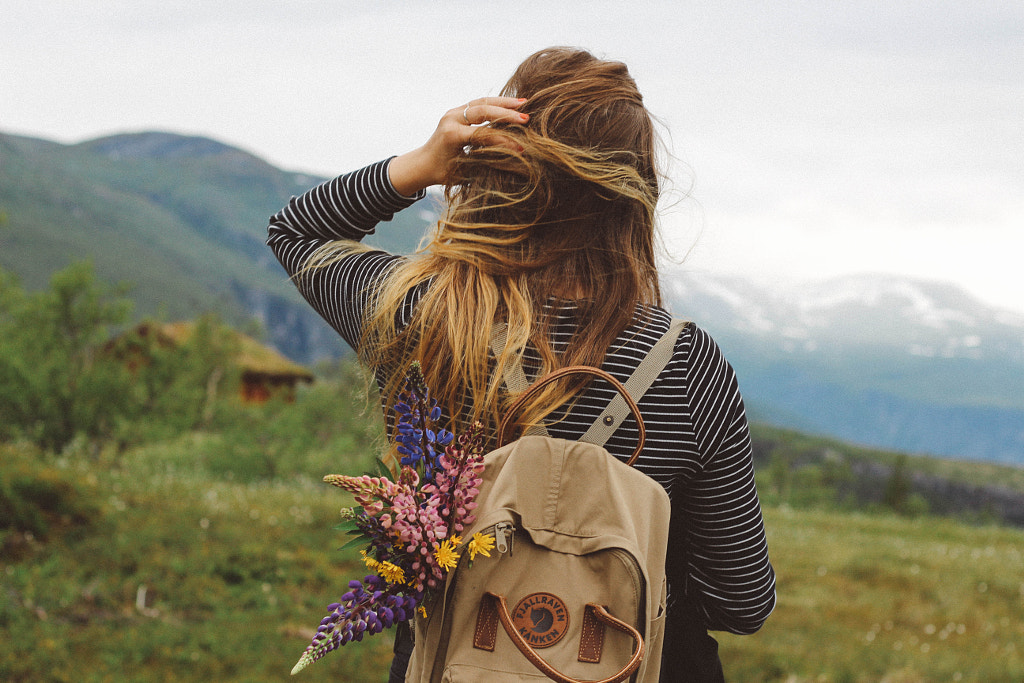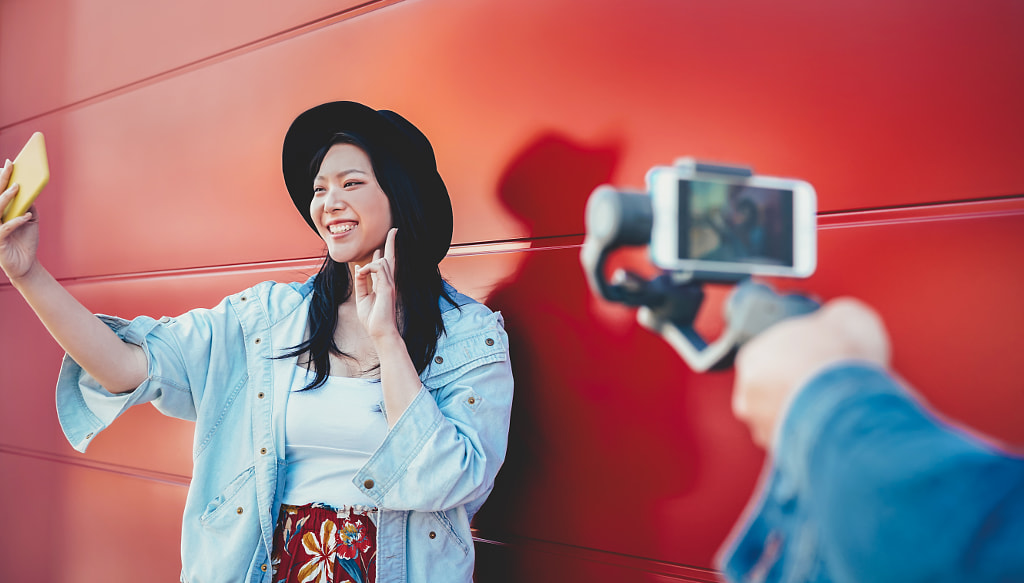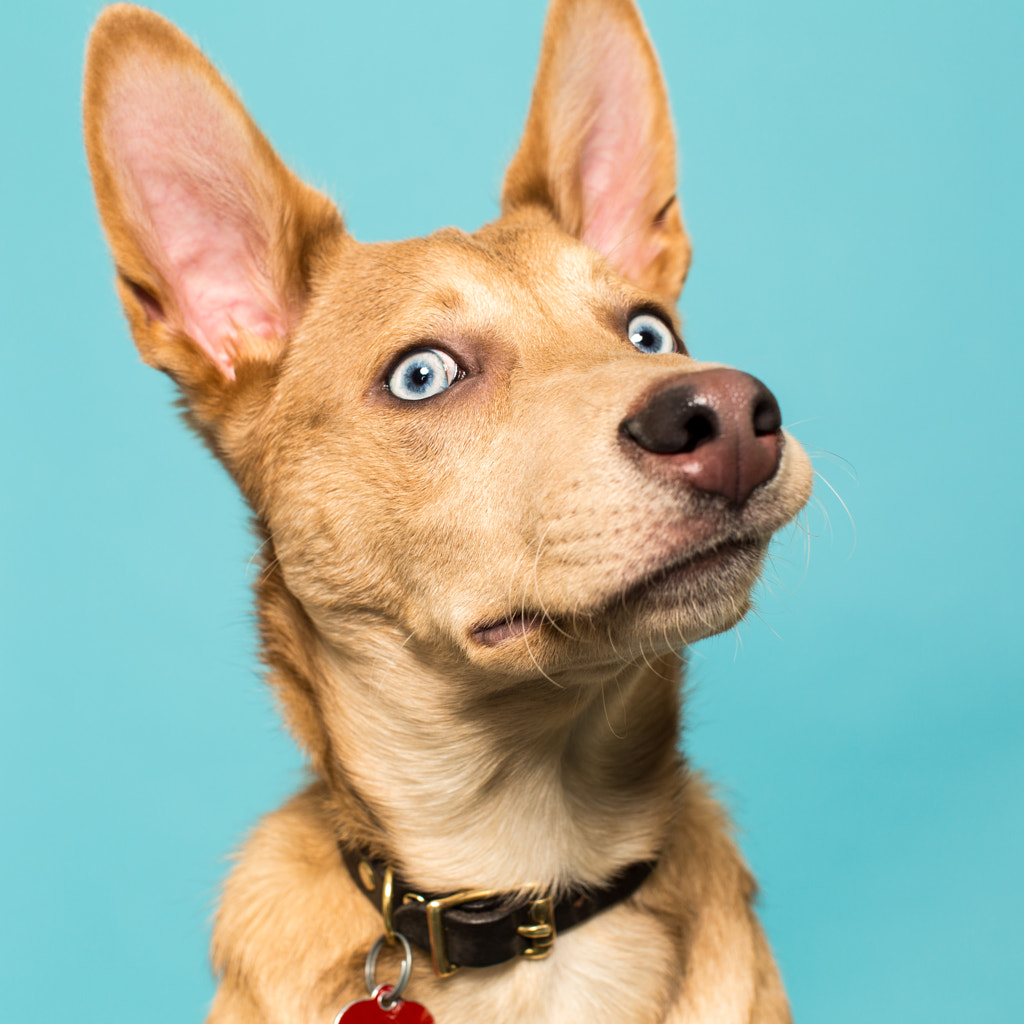It was in the 1920s and 30s that stock photography first came into vogue, forever changing the way images were used and published. For the first time, brands and publications could use stock photo libraries to quickly and easily find great pictures to use for their campaigns and articles—without having to commission their own shoots or rely on staff photographers.
A century later, the stock photo market is still thriving, but on a much larger scale. In the 1920s, stock photographers used the typical 4×5 film cameras of the day, and the biggest libraries held about 15,000 to 20,000 pictures. Today, in the age of DSLRs, mirrorless cameras, and camera phones, that number has exploded. On 500px alone, there are currently more than four million images available for Licensing.
Going into 2020, top stock photographers don’t just have strong images; they also have strong collections, sets, and portfolios that speak to all kinds of image-buyers. They don’t only offer the best photos; they also provide a huge variety and number of photos.
With help from the 500px Content Team, we’ve put together this list of 11 things to keep in mind when building (and growing) your Licensing portfolio.
Make time for research
A strong Licensing portfolio begins with careful research into what buyers want and what’s currently selling in the commercial sphere. These trends in advertising are influenced by news headlines, brand campaigns, fashion, and user-generated content on social media.
We’ve spoken to stock photographers who put in a few minutes of research every single morning—while drinking coffee, they peruse the internet and watch for interesting headlines and topics. Daily commutes can also be a great time for research—when you’re waiting for your train, grab a magazine and take a look at the images inside. Or, in the subway, look for ads and posters that catch your attention.
Stay up-to-date with popular photos on 500px
500px is also an ideal place to conduct research. “It is good practice to browse the Galleries, follow suggested photographers, and generally keep an eye on what’s trending,” the Content Team tells us. “Photographers can always leverage the Discovery sections on 500px, and looking regularly at ‘Popular Photos’, ‘Fresh Photos’, ‘Upcoming Photos’, ‘Editors’ Choice’, and ‘Galleries’ is a great way to keep up to date with trends.”
In addition, you can find regular articles on the 500px blog about what’s trending in Licensing.
Participate in Licensing Quests
500px Licensing Quests are just like the creative briefs you might get from any other commercial client, and they’re always updated according to what buyers want. “Our Licensing Quests are always designed to push our photographers further, helping them improve their craft,” the Content Team says.
“They’re a great learning tool. Also, photographers can familiarize themselves with the usual requirements for creating commercially viable content—which means learning how to shoot content that includes models, and also model and property releases.”
You can easily integrate Licensing Quests into your regular photography routine—just make sure to get releases for any identifiable people (and privately-owned properties) in the frame. If you already have a shoot planned, think about incorporating elements from an active Quest (colors, props, wardrobe, etc.) to fit the brief.
Upload your images to your Licensing portfolio before the deadline. Remember to check-in after each Licensing Quest to see what other photographers came up with and think about how you can incorporate some of their best ideas in your future shots. The more Quests you do, the better and more diverse your portfolio will get.
Go beyond the trends
Trends are a point of departure, but remember to get creative and express yourself as well. Add a personal twist to popular topics by documenting your local culture or cuisine. Use trendy objects in an unexpected way, or photograph a familiar location from a unique vantage point.
“Buyers want to see how photographers interpret and appropriate trends,” the Content Team explains. Stay true to who you are as an artist and develop your personal aesthetic and interests. Push the envelope and give clients something unusual.
Keep it real
Stock photography might once have had a reputation for being cliché and stereotypical, but these days, more authentic, relatable work resonates more with clients. Look for gaps in popular content, and put some thought into how you can represent real people in a meaningful and empowering way.
“It helps to have a good understanding of how stock photography looks nowadays and how it can help start real conversations about diversity,” the Content Team adds. “There’s a pull toward seeing more equal representation and different ways of interpreting the world—images that are creative and unique and that include narratives that are often underrepresented.”
Branch out
Most commercial photographers have a specific niche where they excel, but it’s also important to get out of your comfort zone and try new things. By mixing it up, you’ll appeal to a wider cross-section of buyers, and you’ll also be able to track your sales and determine what kind of work sells.
“Photographers who are interested in Licensing need to make sure that their portfolios are varied and diverse; it is important that there’s still life shots, for example, but it’s also good to have photos that include models,” the Content Team says. “Ideally, there will be a variety of themes and angles from specific shoots as well.”
Keep stock in the back of your mind
Even when you’re on set for a different project, it can help to remember to grab some photos for your Licensing portfolio as well. For example, if you’re collaborating with a stylist on a test shoot, that’s an opportunity to capture some food photos for your portfolio.
Similarly, if you’re photographing a model for some headshots, you can ask them to sign a model release in case you want to license your photos down the road. If you’re at a family event and taking pictures for your personal album, get those model releases signed there too.
Images from client shoots can also work well for stock, granted you’re following your contract to the letter. If you have extra images left over from a session that didn’t get used, wait until any embargo is over and then upload them for yourself.
Stay objective
When you’re shooting for stock, you have a lot of creative freedom, so it’s important to stay objective when evaluating your work. Be ruthless in your editing process, and think like a buyer, editor, or graphic designer.
The most beautiful image in your collection might not be the one that sells the most, since buyers look for a variety of things when browsing photos, including formatting and copy space. Ask yourself if you could see your photos in an advertisement or editorial.
“It is a great idea to provide buyers with different angles and perspectives from a specific shoot, but curating and selecting only the best shots is important so as not to have a portfolio that looks the same or is repetitive,” the Content Team says.
Over time, you’ll start to notice what kind of work performs well, and that will help guide your decisions about what to upload in the future.
Develop your keywording skills
While some distributors offer “search by image” options, the vast majority of clients search for photos using keywords and phrases, so metadata is essential to any Licensing portfolio.
Put yourself in the buyers’ shoes and think up some possible search terms that could lead them to your photos. Remember to add location info, camera data, and literal and conceptual keywords to your images.
We’ve gone more in-depth with the art and science of keywording in this article, so give it a read and start making a list of regular keywords you’d like to incorporate.
Join the conversation
When it comes to shooting marketable content, your fellow photographers are some of your best resources. Follow artists you admire on 500px, and take note of their most popular images. Use the community to get outside opinions on your own work.
“Having a complete profile (with information about you and links to social media) and engaging with the community is a great tool to gain visibility on the platform,” the Content Team says. “You can do this by creating Galleries and adding photos from other photographers or by following and commenting on other people’s photos.”
Keep shooting
500px has a dedicated section for ‘Fresh’—or new—photos, so it can pay off to upload images on a regular (even weekly) basis. Image-buyers can also filter their results based on when an image was created, and newer photos often get priority when it comes to promotion and discoverability.
Your portfolio is only as fresh as your most recent photoshoot, so remember to keep practicing your craft and expanding your collection to include timely, trendy, seasonal photos.
Not on 500px yet? Click here to learn about Licensing with 500px.
You might also like these articles
50 Creative Self Portrait Photography Ideas To Trump All Selfies
Tutorial: How to Capture a Long Exposure Portrait
How to integrate Licensing into your client photoshoots and get amazing lifestyle images
Patience is key: Seeing your Licensing portfolio as a long-term investment

















Leave a reply